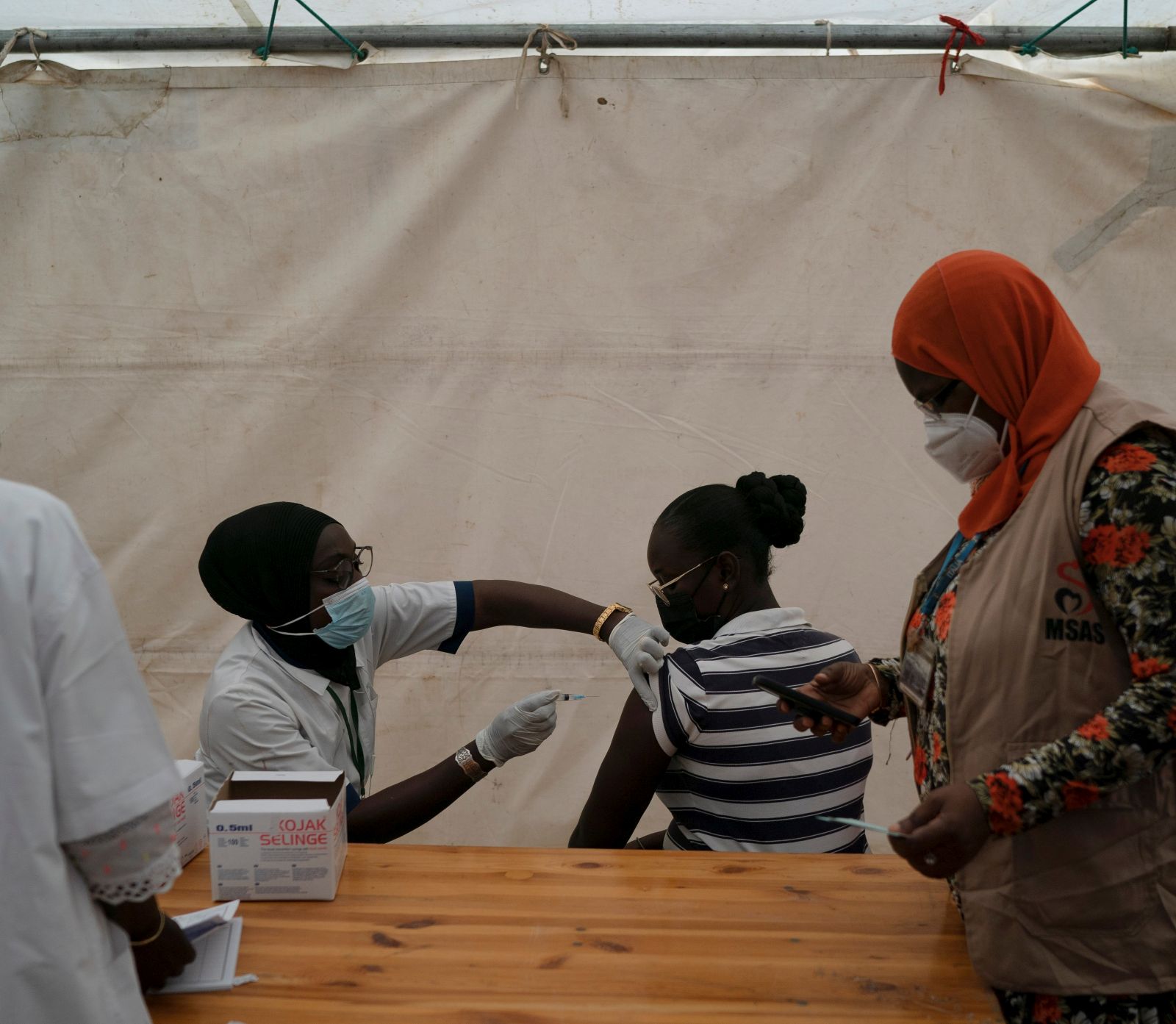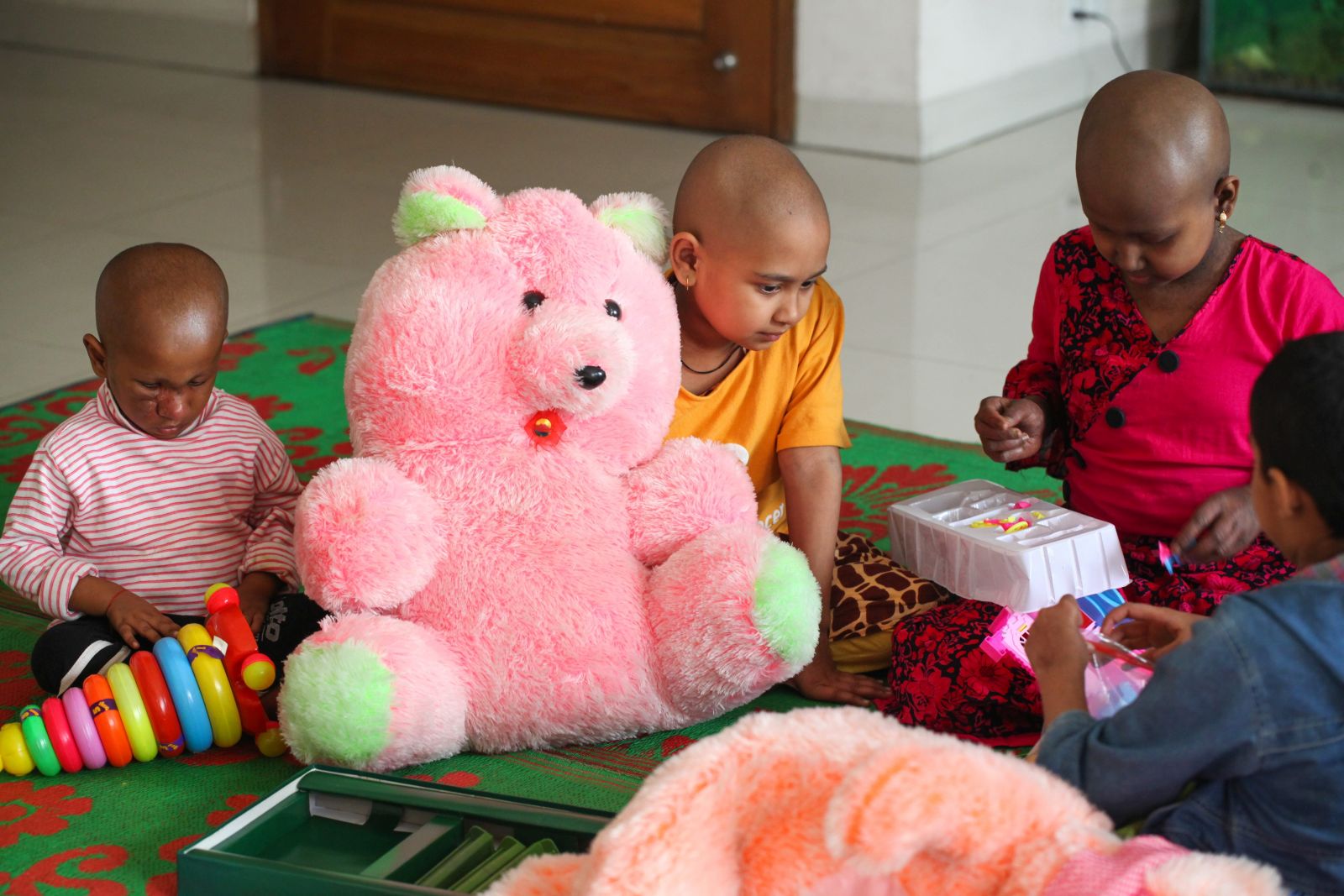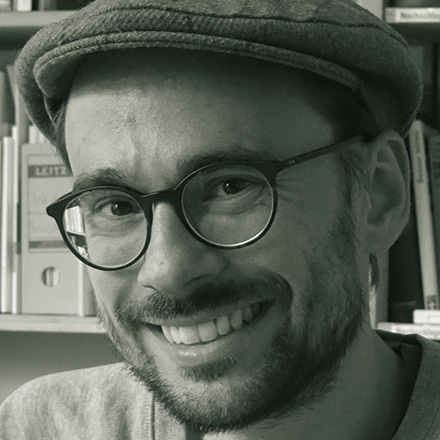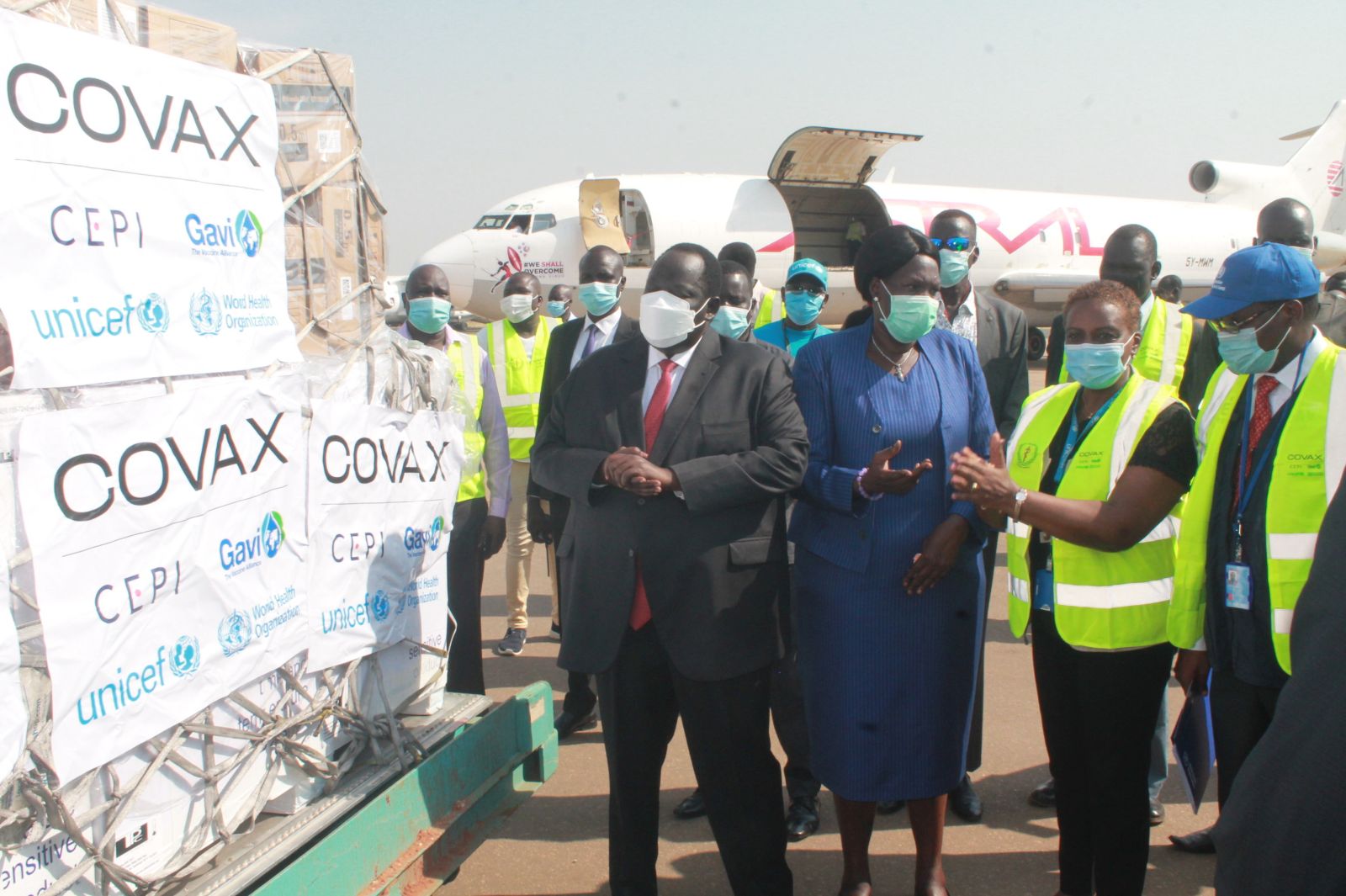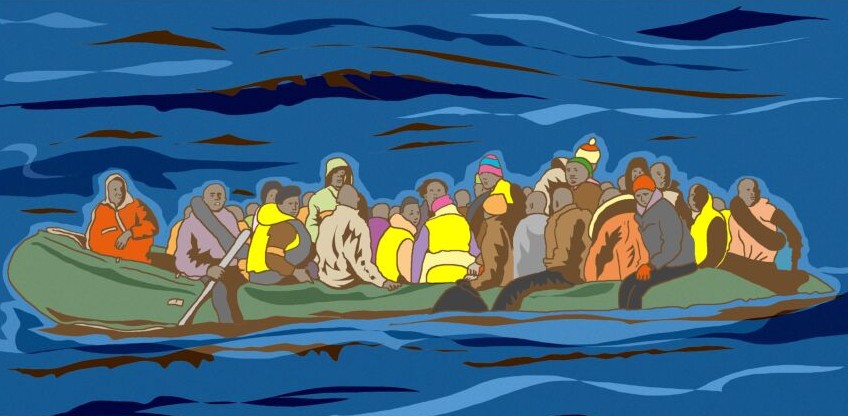Tuberculosis
Never disrupt treatment
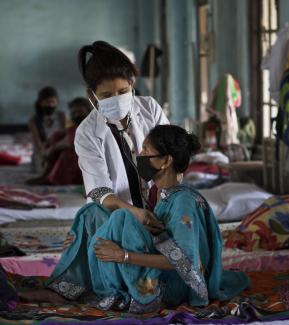
Today, TB is one of the top ten causes of death around the globe. It kills more people than any other disease caused by one particular infectious agent. In 2018, globally 1.5 million people died because of TB, reckons the World Health Organization (WHO), while almost 10 million fell ill with it. An estimated one third of the new cases remain unknown to health professionals, so many patients do not get proper treatment.
TB is transmitted primarily when an infected person coughs, sneezes or talks, letting out droplets containing Mycobacterium tuberculosis. It affects both the rich and poor, but the impact is obviously far worse when people cannot afford medical services.
When first discovered in 1882, TB caused one in seven deaths in Europe and America. However, due to medical progress in the past century, a TB-free world seemed to be within reach. Yet progress slowed down considerably in the 1990s.
One reason was HIV/AIDS. People with weakened immune systems are most susceptible to all kinds of infectious diseases, including TB. According to the WHO’s Global Tuberculosis Report 2019, TB caused 251,000 deaths among HIV positive people in 2018. The good news is that there has been considerable progress in stemming the spread of HIV/AIDS, and accordingly, the number of TB fatalities among AIDS patients in 2018 was actually 60 % below the respective figure for the year 2000.
The greater problem, however, is the evolution of antibiotic-resistant TB strains. To a large extent, this problem is a result of human negligence and ignorance. Patients normally need a six to nine month course of antibiotics to cure the disease. If treatment is discontinued earlier, drug-resistant pathogens develop. Poor people who do not get free medication have a tendency of stopping the intake of antibiotics once TB symptoms subside. As the course of the medicine is not complete, they do not realise that the disease has not been cured completely.
It adds to the problem that the regulation of pharmaceuticals is inadequate and poorly enforced in many developing countries and emerging markets. All too often, potent antibiotics are sold indiscriminately. As a result, TB bacteria develop resistance even against comparatively new drugs. Antibiotics application in animal husbandry or the improper treatment of wastewater by pharmaceutical companies can also facilitate the emergence of antibiotic resistance.
There are now several different antibiotic-resistant TB strains. The most dangerous ones resist more than one drug. Experts speak of “multidrug resistance” (MDR).
According to the WHO, about 5 % of the new TB cases diagnosed in 2018 could not be treated with conventional TB medication.
Epicentre is India
Today, low- and middle-income countries (LMICs) bear the brunt of TB. To a large extent, their local-level capacities are weak and lack the resources they would need to tackle this disease. Five countries accounted for more than half of the global disease burden: India (27 %), followed by China (9 %), Indonesia (8 %), the Philippines (6 %) and Pakistan (6 %). The world region with the most cases was South East Asia (44 %). Africa accounted for 24 %.
The disease kills about 450,000 Indians annually and costs government agencies the equivalent of about $ 580 million. According to WHO statistics, there were 2.7 million new tuberculosis cases in India 2018, of which almost 2 million were registered and an astounding 130,000 were antibiotic resistant. These numbers make India the epicentre of TB.
So why is India finding it so difficult to control TB? Experts say that the long-standing strategy to control TB was based on a faulty proposition. The idea is that people who have TB will be sick; that sick people will seek and get medical care; that they will be diagnosed and given proper treatment; and that they will be cured in six months. In real life, none of these things can be taken for granted. India needs to shore up its act.
Indeed, Prime Minister Narendra Modi has promised to end TB in India by 2025. Strategies have been adopted to screen vulnerable communities and detect TB patients. Moreover, efforts are being made to test patients for drug-resistant strains, and faster diagnosis methods are being introduced. Almost 190 million people were screened in 2018, according to the government, and an additional 47,000 TB cases were diagnosed this way. India quadrupled its domestic TB funding from 2016 to 2019, according to WHO data. These are steps in the right direction, but much more needs to happen to eradicate the disease.
Revolutionary vaccination
At a global conference on lung health in the Indian city of Hyderabad, an international team of researchers announced a “revolutionary” new tuberculosis treatment in 2019. A vaccination would thus provide long-term protection against the disease. Made from bacteria proteins that trigger an immune response, it has proven effective and seems to enable a person’s immune system to ward off TB.
The vaccine has yet to be licenced and will not be available on the market before some more years. However, initial clinical trials on adults in South Africa, Kenya and Zambia have proved successful. International experts agree that this vaccine may become a game changer.
In 2018, the UN set the goal of ending TB by 2030 as part of the SDG agenda (Sustainable Development Goals). It is obviously essential to mobilise resources for this purpose. Relying on their own resources, members of the BRICS group (Brazil, Russia, India, China and South Africa) accounted for about half of the $ 7 billion made available for treatment globally in 2019.
By contrast, international donor funding amounted to a mere $ 900 million, according to the WHO, whereas it should afford $ 2.7 billion. The multilateral organisation has identified serious funding gaps: its statistics show that $ 10 billion are needed for curative purposes ($ 3 billion more than currently afforded) and another $ 2 billion are needed for research and development ($ 1.3 billion more than currently afforded). The international non-governmental organisation Doctors without Borders (Médecins sans Frontières – MsF) has similarly pointed out that the donor community must do more (see article by Florian Gaisrucker in D+C/E+Z e-Paper 2020/03, Focus section).
Roli Mahajan is a freelance journalist.
roli.mahajan@gmail.com

